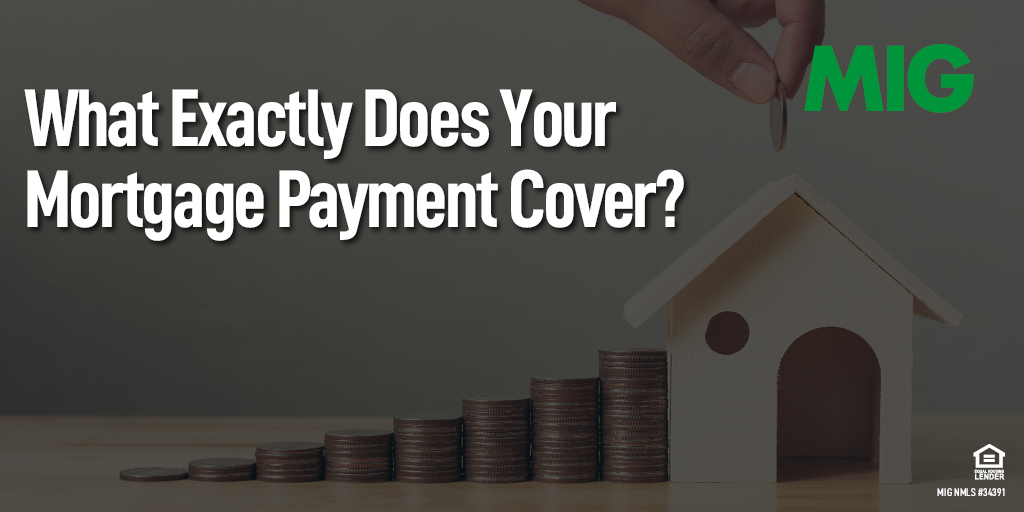
If you’ve been renting for a long time, you’re probably used to a single monthly payment for your housing needs. For some people, your rent payment covers a range of things from housing, power and heat to parking, sewer and water. But when you own a house, your monthly payments are going to be a little more complicated. Adding to the complexity is the fact that the actual mortgage payment on your home isn’t the same for everyone.
What’s in a Mortgage Payment?
Most mortgage payments are PITI payments: principle, interest, taxes, and insurance. That includes the loan from the bank, plus property taxes and insurance. There’s a reason for this. Banks want to make sure you pay your property taxes and insurance because they don’t want you to get your home taken away and want to ensure you (and they) have coverage if something were to damage your home.
- Principle. This is the amount that you initially borrowed. Mortgages in the United States are “front-loaded,” which means you’re paying more interest and less principal at the very beginning. As you get to the end of the loan term, you’ll be paying less in interest and more in principle.
- Interest. This is the amount that your mortgage company is charging you for the loan. When you initially get your mortgage, you can usually pay for “points” against your interest, lowering your interest rate for a flat-rate cost.
- Taxes. Every home is associated with property taxes. Lenders may hold this amount in escrow and pay taxes on your behalf because they want to ensure that it’s paid. Your property taxes are based on the assessed value of your property, and you may be able to get an exemption for some of the amount if you are a resident of the property.
- Insurance. Lenders require you to have homeowners insurance, so you’re protected from damage and peril. Like taxes, this is held in an escrow account and often paid on an annual basis. Insurance can include two different types: property insurance and mortgage insurance. Property insurance is the regular homeowners insurance that people need to pay to protect their homes from disaster. Mortgage insurance is also known as PMI: You often have to pay PMI if you’re paying less than 20 percent down.
It should be noted that not all lenders collect property taxes and homeowners insurance from you. Some banks only collect principle and interest and understanding what your monthly mortgage payment includes is important so that you can realize your other payment obligations as well.
Understanding your monthly housing costs is critical to understanding how much you can afford. Your lender will take all of your debt and income into consideration to determine our debt-to-income ratio before your loan is approved. It is important to consider all of the payments you’re going to need to make in a month, which often go beyond just your mortgage principal and interest.
The first step toward getting a mortgage is taking part in the preapproval process. Are you ready for home ownership? Is it time to explore the idea of getting a mortgage?
![Mortgage Investors Group in [Dynamic1]](../assets/images/mortgage-investors-group.svg)


